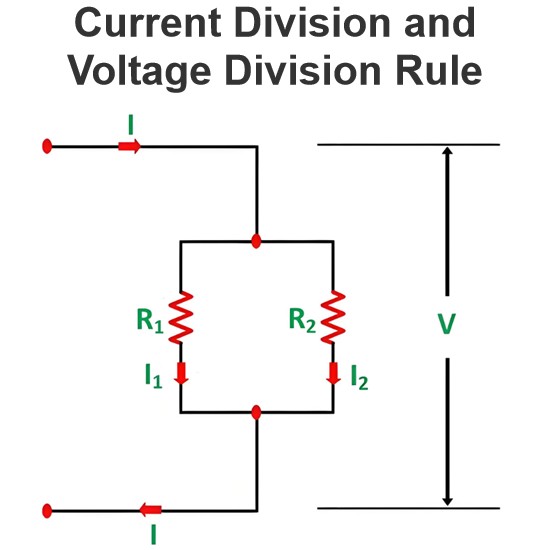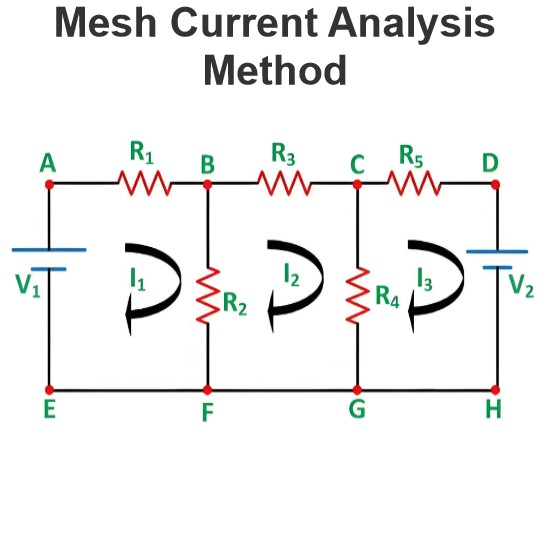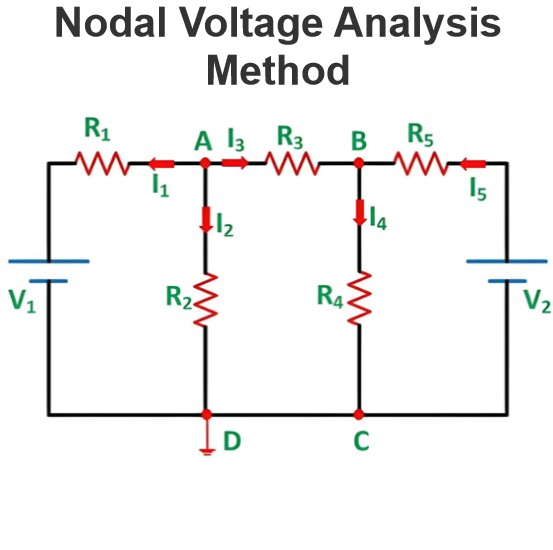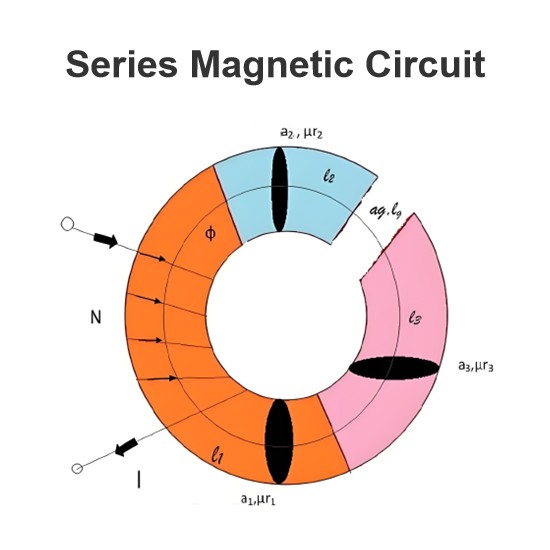Op amp or Operational Amplifier
An operational amplifier or op amp is a DC coupled voltage amplifier with a very high voltage gain.
Op amp is basically a multistage amplifier in which a number of amplifier stages are interconnected to each other in a very complicated manner. Its internal circuit consists of many transistors, FETs and resistors. All this occupies a very little space.
So, it is packed in a small package and is available in the Integrated Circuit (IC) form. The term Op Amp is used to denote an amplifier which can be configured to perform various operations like amplification, subtraction, differentiation, addition, integration etc. An example is the very popular IC 741.
The symbol and its actual appearance in the IC form is shown below. The symbol appears as an arrowhead which signifies that the signal is flowing from output to input.

Input and Output Terminals of an Operational Amplifier
An op-amp has two input terminals and one output terminal. The op-amp also has two voltage supply terminals as seen above. Two input terminals form the differential input. We call the terminal, marked with negative (-) sign as the inverting terminal and the terminal marked with positive (+) sign as the non-inverting terminal of the operational amplifier. If we apply an input signal at the inverting terminal (-) than the amplified output signal is 180o out of phase concerning the applied input signal. If we apply an input signal to the non-inverting terminal (+) then the output signal obtained will be in phase, i.e. it will have no phase shift concerning the input signal.
Power Supply for an Operational Amplifier
As seen from the circuit symbol above it has two input power supply terminals +VCC and –VCC. For the operation of an op-amp a dual polarity DC supply is essential. In the dual polarity supply, we connect the +VCC to the positive DC supply and the –VCC terminal to the negative DC supply. However few op-amps can also operate on a single polarity supply. Note that there is no common ground terminal in the op-amps hence the ground has to be established externally.
Working Principle of Op-Amp
Open Loop Operation of an Operational Amplifier
As said above an op-amp has a differential input and single ended output. So, if we apply two signals one at the inverting and another at the non-inverting terminal, an ideal op-amp will amplify the difference between the two applied input signals. We call this difference between two input signals as the differential input voltage. The equation below gives the output of an operational amplifier.
V1 is the voltage at the non-inverting terminal.
V2 is the voltage at the inverting terminal.
(V1 – V2) is the differential input voltage.
It is clear from the above equation that the output will be non-zero if and only if the differential input voltage is non-zero (V1 and V2 are not equal), and will be zero if both V1 and V2 are equal. Note that this is an ideal condition, practically there are small imbalances in the op-amp. The open-loop gain of an op-amp is very high. Hence, an open loop operational amplifier amplifies a small applied differential input voltage to a huge value.
Also, it is true that if we apply small differential input voltage, the operational amplifier amplifies it to a considerable value but this significant value at the output cannot go beyond the supply voltage of the op-amp. Hence it does not violate the law of conservation of energy.
Closed Loop Operation
The above-explained operation of the op-amp was for open-loop i.e. without a feedback. We introduce feedback in the closed loop configuration. This feedback path feeds the output signal to the input. Hence, at the inputs, two signals are simultaneously present. One of them is the original applied signal, and the other is the feedback signal. The equation below shows the output of a closed loop op-amp.
Positive Feedback ⇒ Oscillator
Negative Feedback ⇒ Amplifier
Th above explanation is the most basic working principle of operational amplifiers.
Ideal Op-Amp Characteristics
An ideal op-amp should have the following characteristics:
Infinite voltage gain (So that maximum output is obtained)
Infinite input resistance (Due to this almost any source can drive it)
Zero output resistance (So that there is no change in output due to change in load current)
Infinite bandwidth
Zero noise
Zero power supply rejection ratio (PSSR = 0)
Infinite common mode rejection ratio (CMMR = ∞)
Practical Operational Amplifier
None of the above-given parameters can be practically realized. A practical or real op-amp has some unavoidable imperfections and hence its characteristics differ from the ideal one. A real op-amp will have non-zero and non-infinite parameters.
Applications of Operational Amplifier
The integrated op-amps offer all the advantages of ICs such as high reliability, small size, cheap, less power consumption. They are used in variety of applications such as inverting amplifier and non inverting amplifiers, unity gain buffer, summing amplifier, differentiator, integrator, adder, instrumentation amplifier, Wien bridge oscillator, Filters etc.
Statement: Respect the original, good articles worth sharing, if there is infringement please contact delete.
Electrical4U is dedicated to the teaching and sharing of all things related to electrical and electronics engineering.













